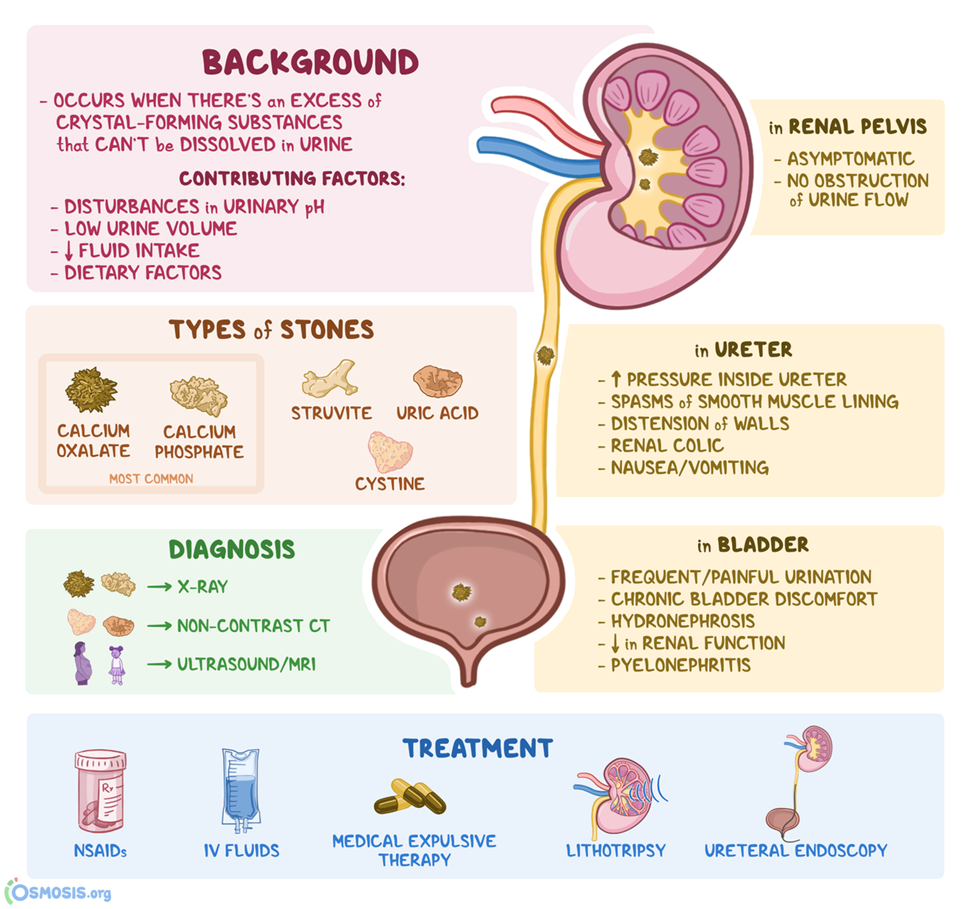An overweight, young adult client who was recently diagnosed with type 2 diabetes mellitus is admitted for a hernia repair. The client reports feeling very weak and jittery. Which actions should the nurse implement? (Select all that apply.)
Measure pulse and blood pressure
Document anxiety on the surgical checklist
Assess skin temperature and moisture
Check fingerstick glucose level
Administer a PRN dose of regular insulin
Correct Answer : A,C,D,E
A. Measure pulse and blood pressure:
This action is crucial to assess the client's cardiovascular status. Weakness and jitteriness can be related to changes in blood pressure or cardiac function. Measuring pulse and blood pressure helps determine the client's hemodynamic stability.
B. Document anxiety on the surgical checklist:
While anxiety is a valid consideration, addressing the physiological aspects of the client's symptoms takes precedence.
C. Assess skin temperature and moisture:
Assessing skin temperature and moisture provides information about the client's perfusion and hydration status. Changes in skin characteristics can be indicative of underlying issues, and in a diabetic patient, it's important to monitor for potential complications affecting skin integrity.
D. Check fingerstick glucose level:
Given the client's recent diagnosis of type 2 diabetes mellitus and the reported symptoms of weakness and jitteriness, checking the fingerstick glucose level is crucial. Fluctuations in blood glucose levels, whether hyperglycemia or hypoglycemia, can contribute to these symptoms. This test provides immediate information about the client's glycemic status.
E. Administer a PRN dose of regular insulin:
If the fingerstick glucose level indicates hyperglycemia and the healthcare provider has prescribed a PRN (as needed) dose of regular insulin for high blood sugar, administering insulin may be necessary to address hyperglycemia promptly. This is in line with diabetes management protocols, and the nurse should follow specific orders and guidelines for insulin administration.
Nursing Test Bank
Naxlex Comprehensive Predictor Exams
Related Questions
Correct Answer is D
Explanation
A. Administer a topical analgesic:
Administering a topical analgesic can help alleviate pain and discomfort associated with oral thrush. However, it addresses the symptom rather than the cause of the issue.
B. Cleanse the mouth with swabs:
Cleansing the mouth with swabs can be part of the care plan for managing oral thrush. It helps remove debris and may reduce the fungal load in the mouth.
C. Obtain a soft diet for the client:
Providing a soft diet is important for clients with oral thrush as it minimizes irritation to the affected area. However, it may not be the first intervention; rather, it is part of the overall care plan.
D. Encourage frequent mouth care:
Encouraging the client to perform frequent mouth care is the most immediate and direct intervention. This includes gentle rinsing with a mild solution, which can help relieve symptoms and prevent the spread of the infection.
Correct Answer is D
Explanation
A. Initiate cardiac telemetry:
Cardiac telemetry is not the immediate priority in this case. Kidney stones are more likely to cause severe localized pain rather than cardiac-related symptoms.
B. Administer a PRN dose of a laxative:
Laxatives are not indicated for the management of kidney stones or the associated flank pain. The priority is to address the specific needs related to the possible passage of kidney stones.
C. Implement seizure precautions:
Seizure precautions are not relevant to the sudden onset of severe flank pain in the context of hyperparathyroidism. The focus should be on managing pain, assessing for kidney stone passage, and addressing the underlying cause.
D. Begin straining all urine.
Straining all urine allows for the collection and examination of any passed stones. This information is important for identifying the composition of the stones and guiding further management.

Whether you are a student looking to ace your exams or a practicing nurse seeking to enhance your expertise , our nursing education contents will empower you with the confidence and competence to make a difference in the lives of patients and become a respected leader in the healthcare field.
Visit Naxlex, invest in your future and unlock endless possibilities with our unparalleled nursing education contents today
Report Wrong Answer on the Current Question
Do you disagree with the answer? If yes, what is your expected answer? Explain.
Kindly be descriptive with the issue you are facing.
